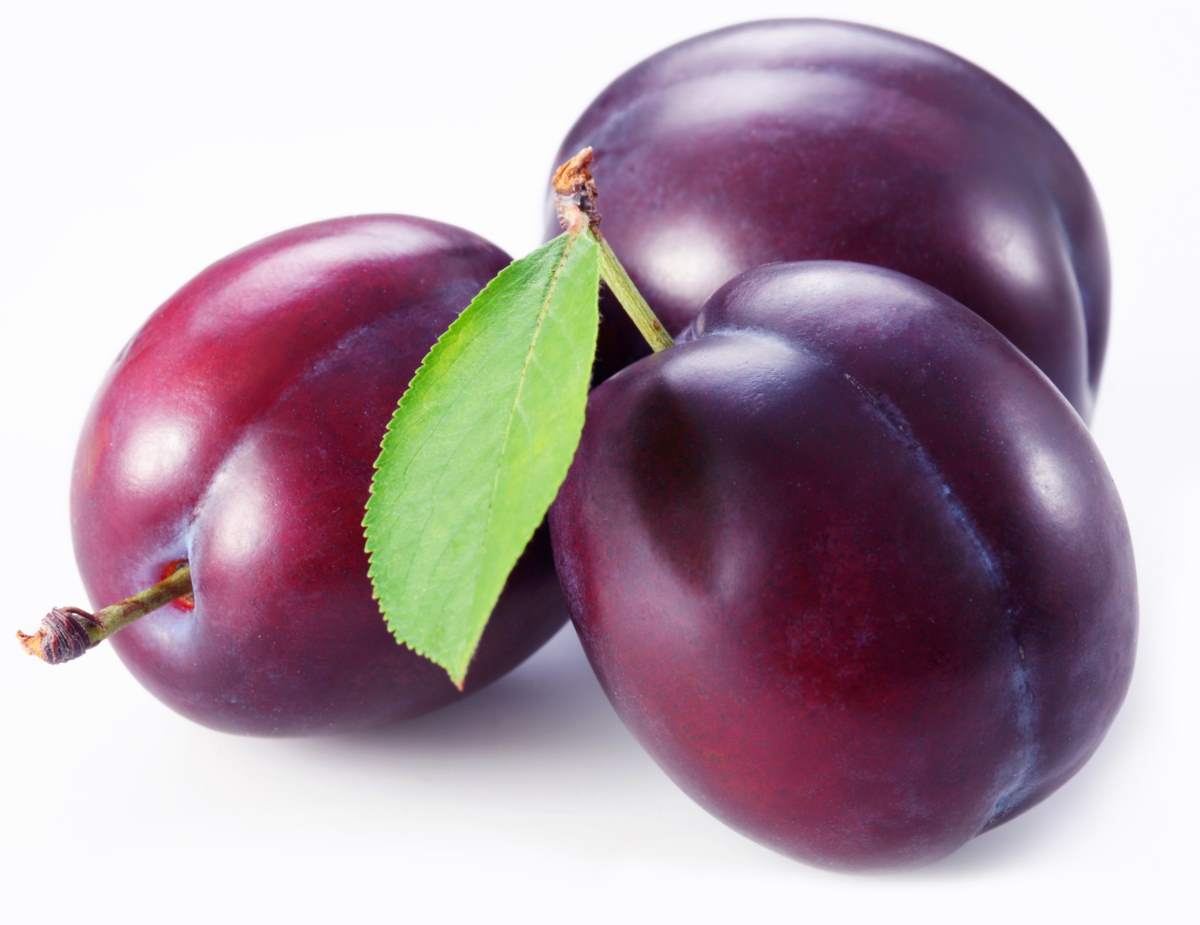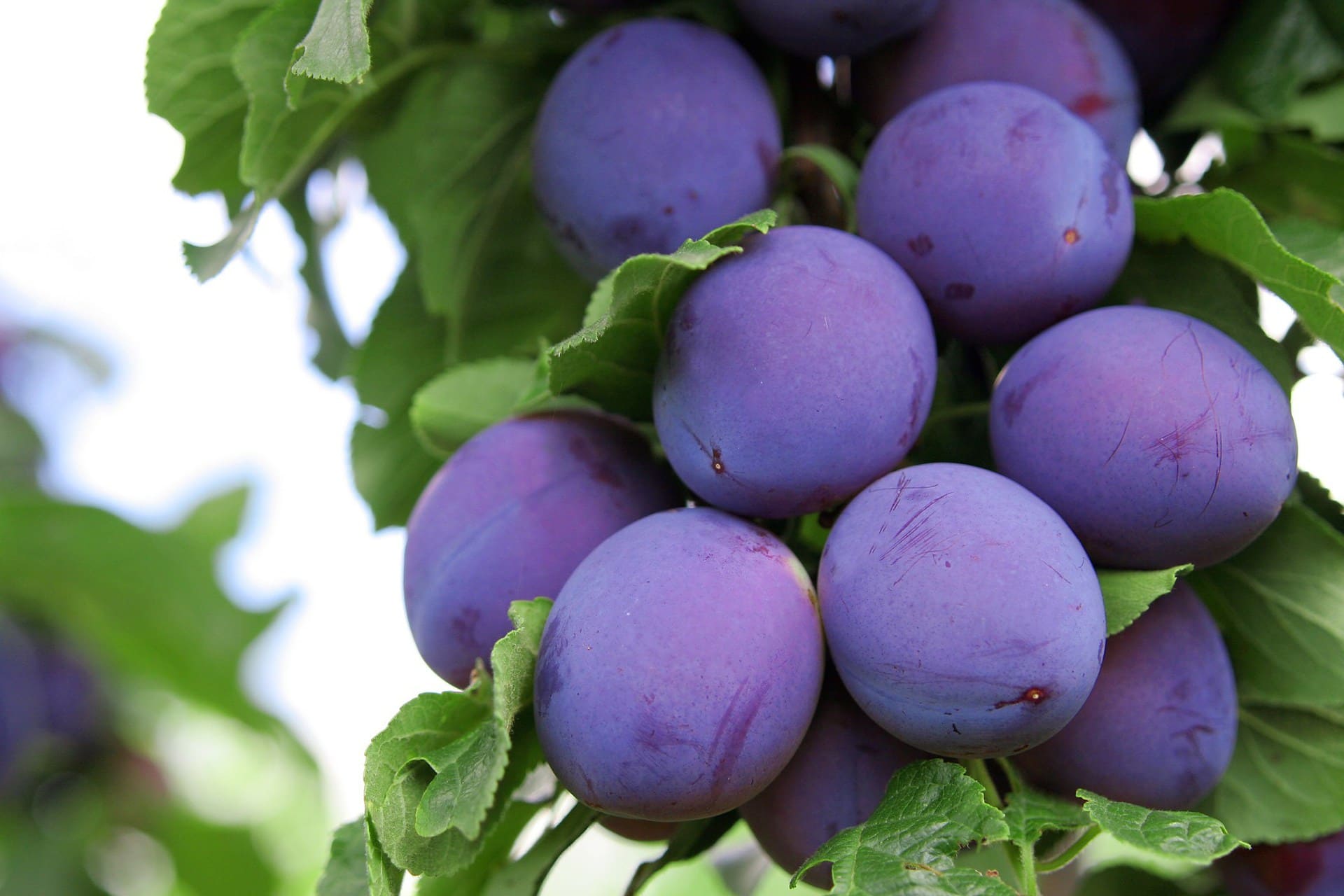Peaches and Nectarines (Prunus persica): Fruit Characteristics, Main Types/Varieties, Nutrition, and Distribution
Peaches and nectarines are variants of Prunus persica, distinguished by their skin—nectarines have smooth skin while common peaches have velvety fuzz. Both belong to the Rosaceae family under the Amygdaloideae subfamily within the Prunus genus; they are significant stone fruits.
Fruit Characteristics
Peaches are drupes typically round or slightly flattened, ranging from 5-10 cm in diameter depending on the variety.
- Nectarine (Prunus persica var. nucipersica): Has smooth, hairless skin that varies from red to yellow or orange hues. The flesh is firm and offers a sweet yet slightly tart flavor.
- Common Peach (Prunus persica var. persica): Has velvety skin, often found in white, yellow, or red mixes. The flesh is soft and juicy, delivering a fragrant sweetness.
A hard pit at the center contains the peach kernel; varieties are classified based on flesh-to-pit separation into clingstone or freestone types.
Main Types/Varieties
Classified by maturity period, color, flavor, or flesh type, notable examples include:
- Early-maturing: Spring Snow and Dawn Glory
- Mid-maturing: Hakuto and O’Henry—market staples
- Late-maturing: Flat Peach and Winter Peach
- Yellow-fleshed: Rich-flavored Golden Peach
- White-fleshed: Soft, juicy White Peach
- Nectarine: Smooth-skinned, crisp Ruby Red and Yellow Sapphire
Nutrition and Benefits
Peaches are rich in carbohydrates, dietary fiber, vitamins such as C and A, and minerals like potassium. Yellow-fleshed ones are particularly high in beta-carotene antioxidants.
Eating peaches aids hydration, digestion, and antioxidant protection.
Distribution and Cultivation
Originating from China, peaches are now widespread across Asia, Europe, and North America; China remains the top producer. They favor warm, sunny climates and well-drained soil. They are propagated mainly by grafting across temperate and subtropical zones.



